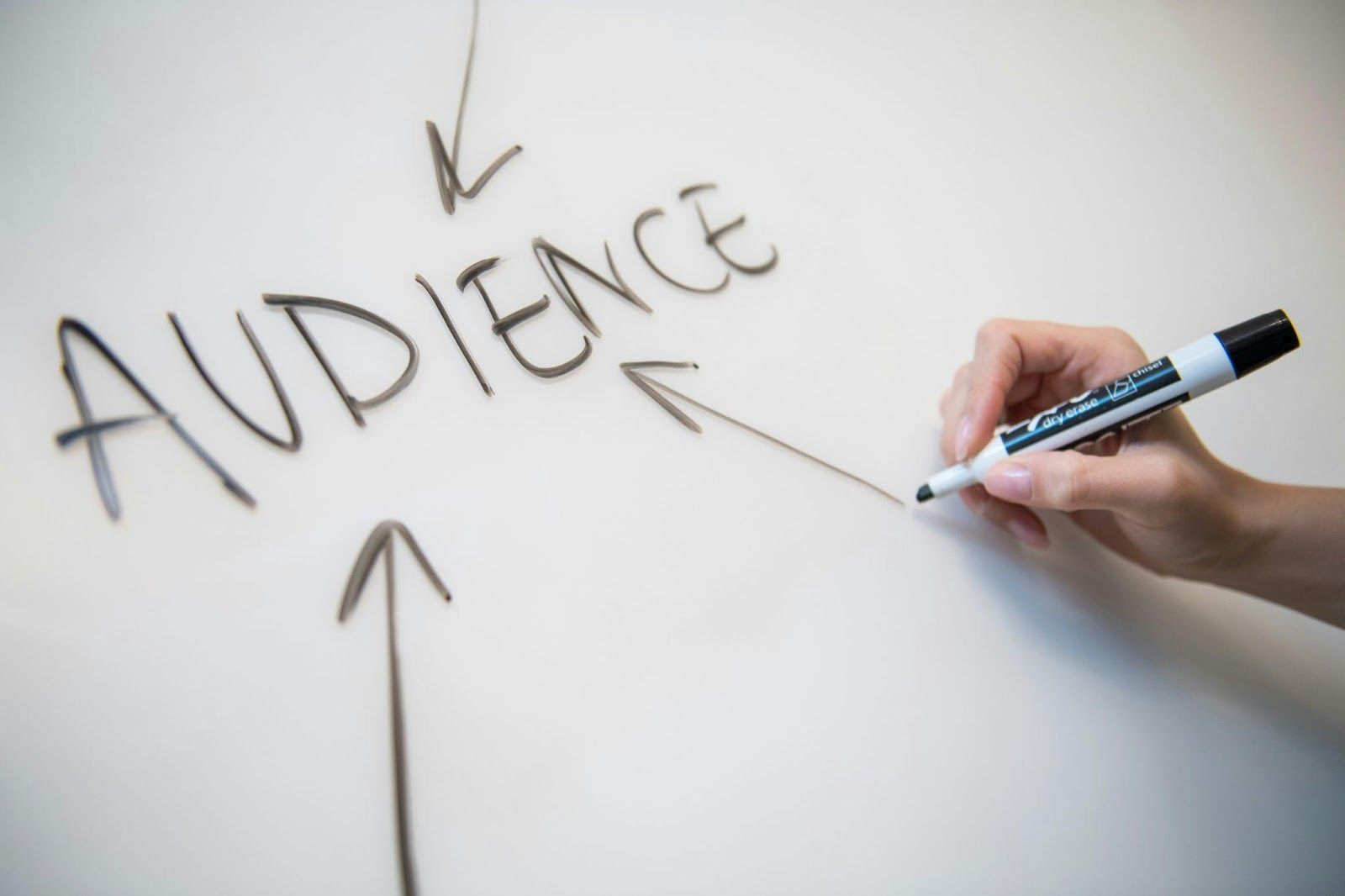The Science of Sound in Marketing: How Short Audio Clips Influence Behavior
Now in this digital world where things are very fast paced, every business wants to attract the people… One effective new lever is the use of short audio clips, often delivered by means of sound buttons. Sound bites like these can evoke feelings, forge memories, and drive decisions in the way that images or words cannot. But what makes these little bits so powerful in marketing? Let’s take a closer look at the science of sound in marketing and how businesses use short audio clips to influence shopping behavior.

Why Sound Matters in Marketing ?
Sound is also one of the quickest means of grabbing attention. Therefore, our brains are wired to handle sound faster than visuals. Your brain responds immediately, for example, when you hear a loud alarm or a catchy jingle. Sound can elicit emotions, establish familiarity, and even keep certain moments more memorable.
In marketing, sound functions in the following ways:
Grab attention quickly
Create emotional connections
Reinforce brand identity
Keep the audience more interested with ads
Whether a simple chime of a few seconds at the end of a video ad or a peppy notification sound on an application, these little sonic cues go a long way in influencing consumer perception of brands.
The Psychology Behind Sound :
Sound is directly wired into the brain’s emotional and memory centers. Sound has the power to elicit emotions and memories nearly instantaneously. For example:
A happy jingle could bring to mind an amusing commercial.
The sound of a cash register, you think shopping.
A suspenseful drumroll could heighten suspense.
This is due to the fact that sound travels past the logical section of the brain and links with the feeling one. Marketers leverage this understanding to develop sound clips that shape attitudes toward a product or service.

How Short Audio Clips Work in Marketing :
Sound buttons (often small sound bites / clips) are a very effective means of trying to communicate. And they can be:
And Instant: They hook you in a heartbeat.
Memorable: You can remember catchy sounds for a long time.
Emotional: They can trigger excitement, happiness, or even urgency in an instant.
Reusable: You can use the same sound clip all over ads, social media, and events.
Channel your inner jingle, no pun intended (think the network of “Intel Inside” famous, or the sounds that open a “Netflix Tudum” movie). These soundbites are only a few seconds long, but are instantly identifiable and deeply connected to their brands.
Examples of Sound in Marketing :
Here are some examples of what businesses do with short sound clips effectively:
Notification Sounds — WhatsApp, Facebook Messenger, and many other messaging apps have a specific notification sound. These sounds are also meant to sound at an attention-grabbing level and have you checking your phone.
Brand sounds: Companies like McDonald’s have their signature "Ba da ba ba ba" jingle, which calls the brand to mind a moment's notice.
Product Sounds: Many tech products play a startup sound, like the classic Windows startup chime.
Video Ads: A dramatic sound effect or a quick chime can emphasize key moments in an ad.
These are only a few cases of how basic sounds helps create a robust product connection with customers.
Emotional Triggers in Sound :
Different kinds of sounds elicit different kinds of emotions. Audio just lends itself to this, and marketers use it to their benefit when crafting audio. Here are a few examples:
Joy: Lively tunes, perky chimes or amusing sound effects.
Eyes: Pair them with tiny pips, rising tones or rapid sequences.
Trust: Gentle, soft tones or calming background music.
Urgent: beeping sounds, high-frequency and fast repetitive tones.
The importance of sound is that with its selection for the right moments, businesses can provide guidance to their customers’ feelings and decisions.

Sound and Memory :
Sound is also extremely important in the world of memory. Getting a tune stuck in your head for hours is nothing new. That’s because sound is tightly connected to the way we remember things.
This is advantageously used by brands by repeating the same sound at the different ads, videos, and events. Customers gradually come to identify that sound with the brand. This is called audio branding.
For example:
You instantly associate the Intel chime with technology.
So with a Netflix Tudum sound, let’s kick off your favorite shows.
They are discrete audio nuggets that become part of the brand identity.
Sound in Digital Marketing :
Sound buttons are used on various platforms in this digital epoch. Short audio clips have become not just a nice add-on, but a major component of marketing campaigns, from social media ads to mobile apps.
Social Media Ads: A short sound effect can make ads feel more dynamic.
YouTube Videos: YouTube YouTubers rely on signature sound effects to punctuate those funny moments or soft transitions.
Mobile Apps: Apps utilize sound buttons for notifications, accomplishments, or error messages.
Podcasts: Jingles serve to make podcasts more recognizable, as the intro and outro jingles help connect a listener with a certain podcast.
The Rise of Personalized Sounds :
Some brands have begun making custom sound buttons that are player within their DNA. This technique is known as sonic branding. This includes creating sounds that reflect the brand personality.
For example:
A loungewear brand might use soft, elegant chimes.
A tech brand may want futuristic beeps.
These unique sounds not only create unique sound brands but also ensure that customers can immediately recognize the brand even if they do not see any logo or image associated with it.
The Future of Sound in Marketing :
As technology advances, sound will play an even bigger role in marketing. Some future trends include:
AI-Generated Sounds: Smart algorithms will create personalized sound experiences for users.
Voice-Activated Sound Buttons: Commands like “Hey Google” or “Alexa” already rely on sound to trigger actions.
Virtual Reality (VR) and Augmented Reality (AR): Sound buttons will create more immersive experiences in virtual spaces.
These advancements will make sound even more important in building emotional connections with customers.
Conclusion :
Sound is one of the most powerful marketing tools. Short audio clips are a compelling way for brands to reach customers in a world of distractions, especially if delivered through sound buttons.
Be it catchy jingles or notification sounds or dramatic drumrolls, all of such small audio things pack a punch. Such sound-savvy companies will have a powerful edge in building deep emotional ties with their audience.
As technology progresses, sound as a marketing tool will become an even more powerful accomplice. A sound might just be the secret ingredient to building a great brand identity.